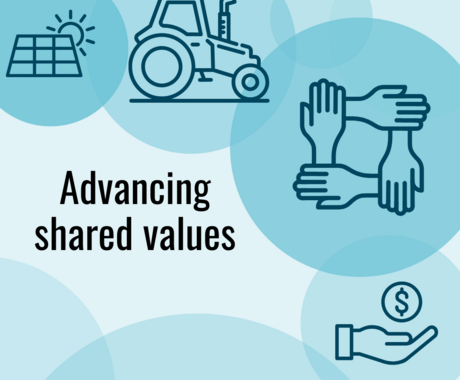The way we use and generate electricity has undergone a historic shift in the last decade due, in part, to changes in technology.
The most noteworthy change has been the retirement of centralized fossil fuel generation like coal plants and the development of renewable energy like wind and solar. In addition to producing cleaner electricity, wind and solar development have brought new economic opportunities to states and rural communities, especially in the Midwest. The benefits of these projects have included additional tax revenue for small counties, new jobs and careers associated with projects, and creating another source of income for landowners that host projects.
But as these centralized plants retire and are replaced by more geographically dispersed clean energy resources, it is clear that our transmission system has struggled to keep pace with the fundamental change in how we produce electricity.
Lack of sufficient transmission has presented a real barrier for the development of new renewable energy projects, limiting the amount of clean energy brought online along with the accompanying economic benefits. A recent study noted that 245 clean energy projects—or enough to power 7.6 million homes—were withdrawn from the queue connecting to a regional electric grid. One of the contributing factors has been the lack of sufficient transmission.
In order to continue the expansion of clean energy, it’s key that we prioritize updating our electric grid to connect new generation to consumers. With a modern grid, we can reap the benefits of renewables while bringing new opportunity to rural America.





